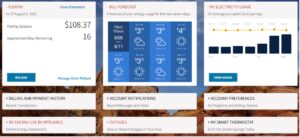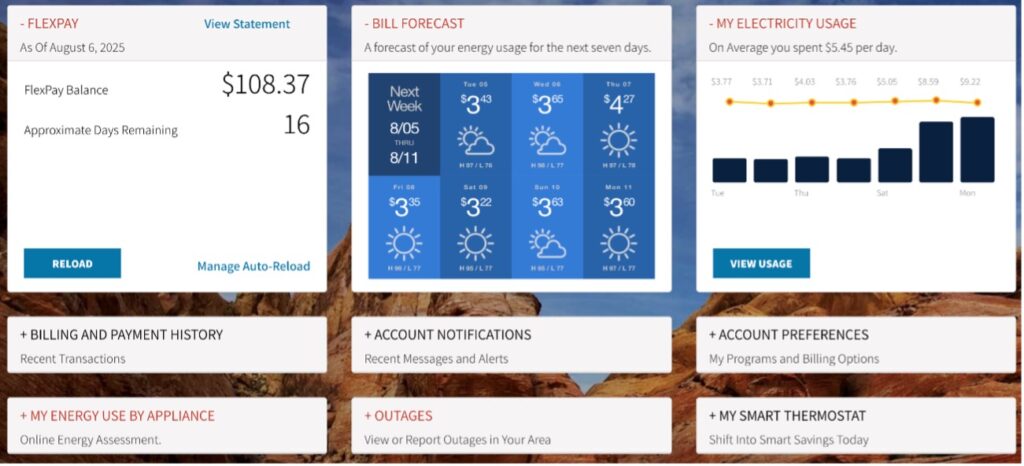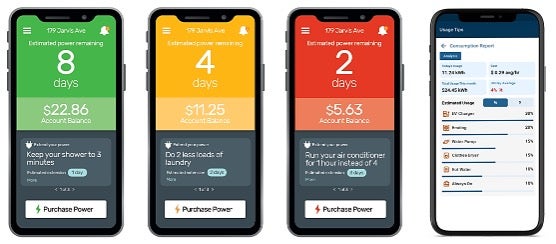Extra Effort: Filling the Gaps in Demand Response


Residential demand response (DR) is like the aerobic exercise of the electric utility industry. We all know it’s essential for our health. It requires a bit of extra effort, but you know you’ll be better off afterward. And despite its many benefits, too many people simply don’t do it.
COMMENTARY
Case in point: Only one in five American households with “smart thermostats” is enrolled in a DR program, according to a new report from Parks Associates. And they represent only about 4 million U.S. families, or a mere 3% of all households.
Why should we care? Because higher utility costs and a steeply rising demand curve are stressing the system we all rely on for our electricity, and increasingly pricing our most vulnerable neighbors out of the vital service they need.
Talk of a RevolutionLast year more than one in six households were behind on their energy bills, the National Energy Assistance Directors Association reported. About one third of U.S. households were “energy insecure,” according to the Rocky Mountain Institute, meaning they reported forgoing necessary expenditures, such as for food or medicine, to pay their household energy bills. And CNBC reported the average household’s annual electricity bill could rise about $219 in 2025 relative to 2022, to about $1,902 from $1,683.
How bad is it? Just this summer Southern Company CEO Chris Womack warned that if we don’t effectively address the utility affordability challenge, we’re headed toward “a revolution.”
Demand response is one important way to help customers lower both consumption and cost. Along with flexible load interconnection, DR could avoid almost a third of infrastructure investment costs in coming decades, ICF International reported.
These programs are best known for reducing home cooling (and sometimes EV charging or clothes washing, etc.) during the hottest summer afternoon hours, either voluntarily by the customer, or by the utility remotely taking control of their thermostat. Customers are paid for the kilowatt-hours they don’t use.
Awareness, Retention and CX – the Achilles’ Heel(s) of DRBut engagement in DR remains stubbornly low for three main reasons: lack of awareness; low retention, and poor customer experience (CX), according to Parks, which partnered with Residio Grid Services on the study. Many simply don’t know about these programs—only 22% in a 2023 survey said they were “very familiar” with their utility’s DR offers. And others reject them because they “don’t want someone controlling my stuff” (29%), or they were worried about comfort or convenience (34%). For some the rewards they received weren’t worth the effort. Some utilities pay customers weeks or months later, or in formats like gift cards that require extra effort (and utility expense).
Utilities can address each of these through traditional customer education and better CX. And more utilities are now turning to innovative ways to engage customers with greater choice, such as an optional prepay billing service.
Better Ways to Pay = Higher EngagementWhy is prepay a strong partner of DR? It’s all about the engagement and the CX. Most customers interact with their utilities about once a month at billing time (or less, for those on autopayment), or when something goes wrong.
Prepay customers don’t receive a bill, rendered after a month’s worth of usage, when it’s too late to respond. Instead they choose to make smaller payments when and as they like, and they can track the results of their home energy behavior every day (Figure 1) with virtual daily billing.

Utilities that offer the voluntary prepay service report their customers use from 5% to 14% less energy. They pay more consistently than in postpay, and they retire and avoid arrearages far more effectively than in traditional payment service. And, crucially, they engage up to 10 times more often—and more meaningfully—than their “postpay” counterparts.
This robust engagement can be leveraged to improve the effectiveness of other utility programs, including DR and disaggregation. In fact, with consistent conservation, peak load reduction comes along for the ride. These customers come to see utility engagement as a good thing, and learn to change their behavior year-round. They naturally use less during peak hours, and they are rewarded not months later or with gift cards, but immediately in the form of additional “days remaining.” Increased engagement helps customers stretch their prepay balance further day by day, rather than waiting until month’s end.
Peak Reduction Comes Along for the RideSalt River Project in Phoenix, Ariz., offers M-Power, the nation’s largest prepay program with about 154,000, or about 15%, of their residential customers enrolled. SRP in its most recent customer report said that M-Power customers produced 26% of the entire company’s residential usage reduction, and 55% of peak load reduction. All of these energy savings come from just 15% of their customers.

That’s 154,000 customers who are reducing stress on the grid, helping defer the need for costly new generation, and waging war against unaffordability by lowering their utility charges substantially.
All of the Above Is the Least We Can DoOne payment service, even something as empowering as prepay, will not solve the challenges of escalating load demand and unaffordability alone. But 5% to 14% annual savings is considerably more than many energy efficiency programs produce, and prepay requires no customer investment, no landlord involvement, and no need to give up control of your thermostat.

Increasingly we see interest in these engaged customers participating in behavioral demand response programs (BDR) (Figure 2). Over time they will play a significant role in advanced BDR with reliable load response and aggregated dispatch capability.
Utilities must adopt an “all of the above” approach that combines programs like BDR with innovative payment plans like prepay to help customers manage their energy, engage more fully with their utility partners, and produce lasting behavior change to significantly lower their costs. That seems like a worthy exercise.
—David Conn is vice president for Business Development and Policy at Exceleron.
powermag





